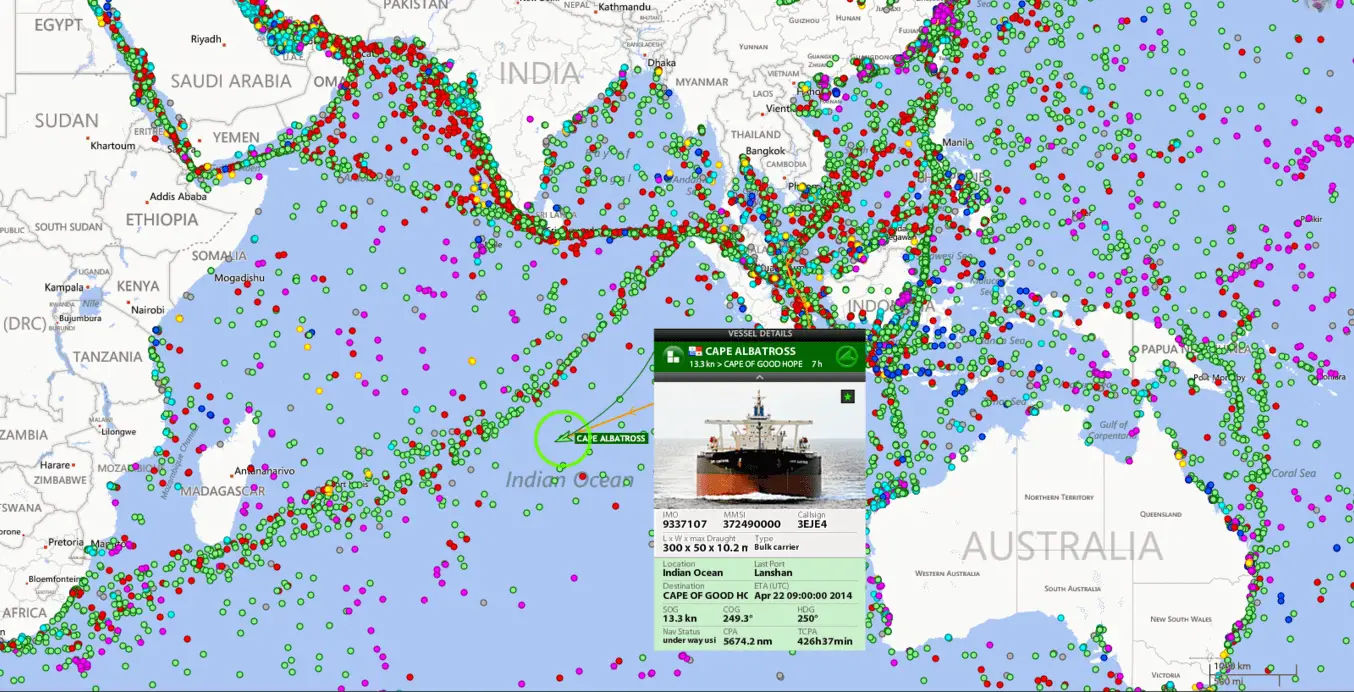The Shipborne Automatic Identification System (AIS) is a vessel tracking system capable of communicating navigation information automatically between AIS equipped vessels and coastal authorities. It is a collision avoidance system that gives information all the ships in your area, their speed and courses and how to contact them (name, callsign, MMSI). This information is publically broadcast on VHF radio which can be picked up either by other ships or by shore-based receivers. AIS provides a tool for improved safety and collision avoidance. Since 2004, the International Maritime Organization … [Read more...]
